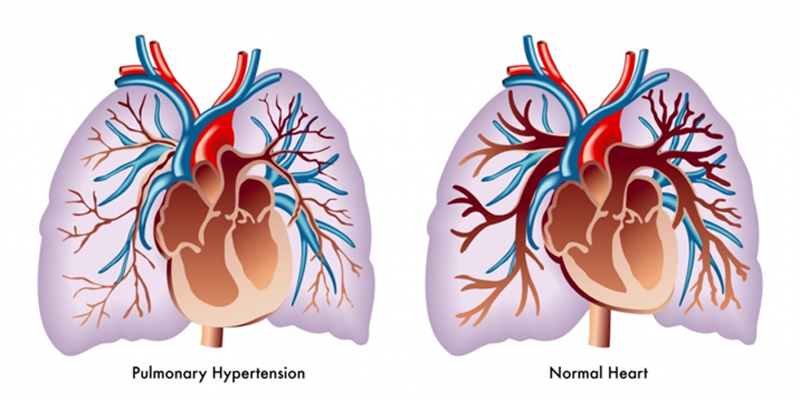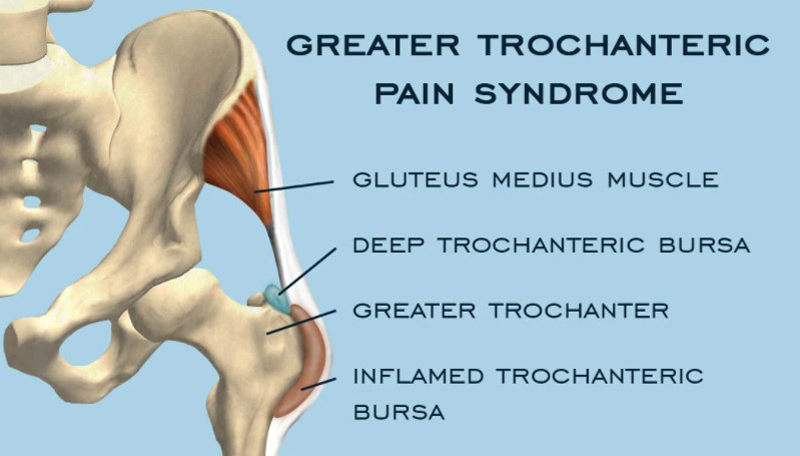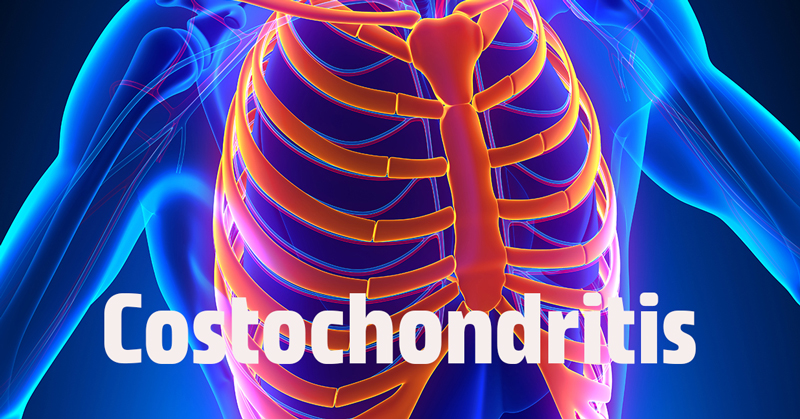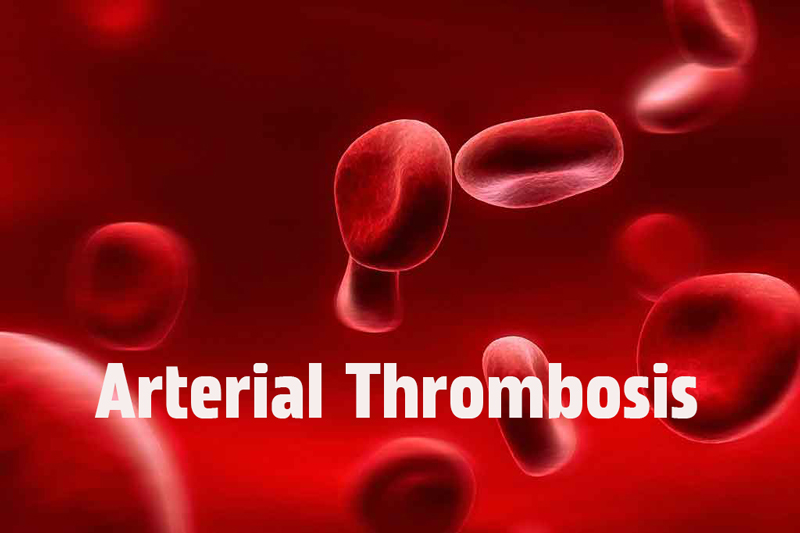Acute Respiratory Distress Syndrome (ARDS) - Causes, Symptoms, Treatment and The Covid-19 Connection
Sept. 25, 2023 #COPD
Introduction
Breathing is a fundamental aspect of human life, and we often take it for granted. However, there are conditions like Acute Respiratory Distress Syndrome (ARDS) that can turn this seemingly simple act into a battle for survival.
In this article, we will delve into ARDS, understanding its causes, symptoms, available treatments and its unfortunate connection to the COVID-19 pandemic. We will also discuss the crucial precautions individuals can take to reduce the risk of ARDS.Defining Acute Respiratory Distress Syndrome (ARDS)
ARDS is a severe and life-threatening medical condition that affects the lungs, causing them to become severely inflamed and filled with fluid. This inflammation and fluid buildup severely hinders the lung’s ability to transfer oxygen into the bloodstream, leading to a critical shortage of oxygen in the body's organs and tissues.
Causes of ARDS
ARDS can be triggered by a variety of underlying conditions and factors, with the common denominator being lung injury or severe inflammation. Understanding the causes is essential to grasp the complexity of this condition:
- Infections:Severe pneumonia, particularly caused by bacteria or viruses, is a common cause of ARDS. This is where the connection to COVID-19 arises, as the SARS-CoV-2 virus has been known to induce severe pneumonia in some patients, leading to ARDS.
- Trauma and Injury: Accidents or injuries that directly affect the chest, such as blunt force trauma or inhalation of harmful chemicals, can damage lung tissues and precipitate ARDS.
- Sepsis: ARDS can develop as a complication of sepsis, a severe and widespread infection that can lead to systemic inflammation and organ failure.
- Aspiration: Inhaling stomach contents, typically due to vomiting or regurgitation, can lead to chemical irritation and lung injury, potentially causing ARDS.
- Near-Drowning: Submersion in water, even temporarily, can result in aspiration and subsequent ARDS.
- Pancreatitis: Severe cases of acute pancreatitis can lead to the release of enzymes that can damage the lungs, causing ARDS.
Symptoms of ARDS
The symptoms of ARDS can be severe and often develop rapidly. They may include:
Severe Shortness of Breath: Rapid and shallow breathing, along with a sense of breathlessness even at rest.
Low Blood Oxygen Levels: As the lungs fail to oxygenate the blood adequately, patients often experience low oxygen saturation levels, leading to cyanosis (bluish skin color).
Rapid Heart Rate: The heart beats faster to compensate for the decreased oxygen levels in the bloodstream.
Fatigue and Weakness: Due to the body's inability to receive sufficient oxygen, individuals with ARDS often feel extremely weak and tired.
Chest Pain: Patients may experience chest discomfort or pain, especially when breathing deeply.
Treatments for ARDS
The treatment of ARDS is complex and often requires intensive medical care. It typically involves the following measures:
- Mechanical Ventilation: Most ARDS patients require mechanical ventilation, which involves the use of a ventilator to assist with breathing and deliver higher levels of oxygen to the lungs.
- Oxygen Therapy: Supplemental oxygen is provided to maintain adequate oxygen saturation levels in the blood.
- Treatment of Underlying Causes: Addressing the underlying condition, such as infection or trauma, is vital to managing ARDS.
- Medications: In some cases, medications like corticosteroids may be prescribed to reduce inflammation.
- Prone Positioning: Patients may be placed in the prone position (lying face down) to improve oxygenation.
- Fluid Management: Careful fluid management is crucial to prevent further fluid buildup in the lungs.
- Nutritional Support: Patients often require nutritional support to maintain their strength during the recovery process.
ARDS and COVID-19
The COVID-19 pandemic has shed light on the devastating potential of ARDS. Severe cases of COVID-19 can lead to pneumonia, which in turn can progress to ARDS. COVID-19-induced ARDS has overwhelmed healthcare systems worldwide, emphasizing the importance of preventive measures, vaccination, and early treatment.
Precautions to Prevent ARDS
While not all causes of ARDS are preventable, individuals can take precautions to reduce their risk:
Infection Prevention: Practicing good hygiene, such as frequent handwashing and getting vaccinated against preventable infections like the flu and COVID-19, can reduce the risk of infections that can lead to ARDS.
Safety Measures: Avoid risky activities that could lead to severe injuries, such as wearing seatbelts while driving and using proper safety equipment in workplaces.
Respiratory Health: Smoking and exposure to harmful chemicals can increase the risk of lung injury. Quitting smoking and avoiding environmental toxins can help protect lung health.
Early Intervention: Seek medical attention promptly if you experience symptoms of pneumonia, severe infections, or other conditions that could potentially lead to ARDS.
Conclusion
Acute Respiratory Distress Syndrome (ARDS) is a critical medical condition that can swiftly rob individuals of their ability to breathe. While it can be triggered by a range of underlying causes, the COVID-19 pandemic has brought its devastating effects to the forefront. Understanding the causes, symptoms, and treatments for ARDS is crucial, but so too is taking precautions to reduce the risk of this life-threatening condition. In a world where the air we breathe can pose a risk, awareness and preventive measures are more important than ever.










COMMENTS